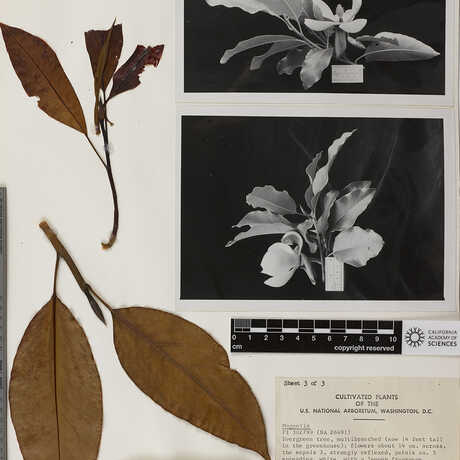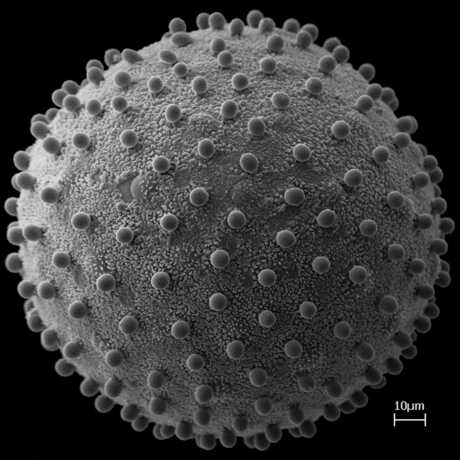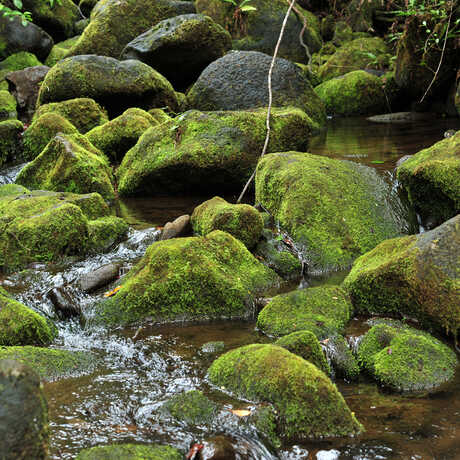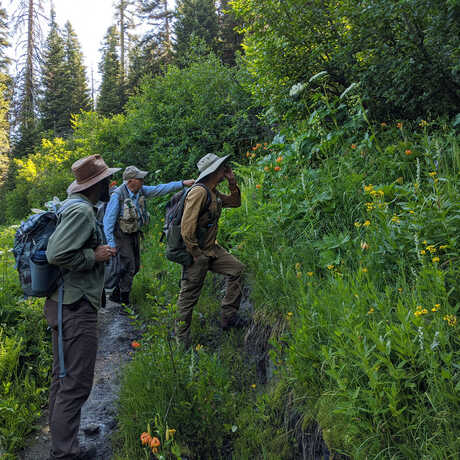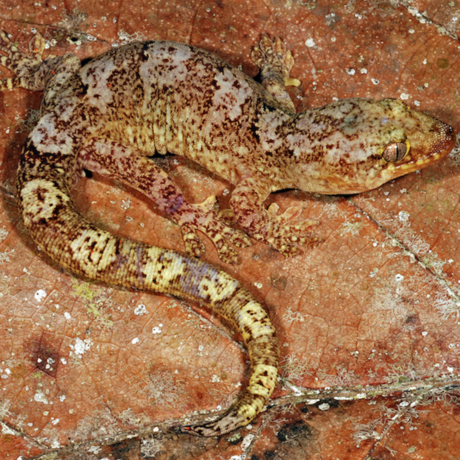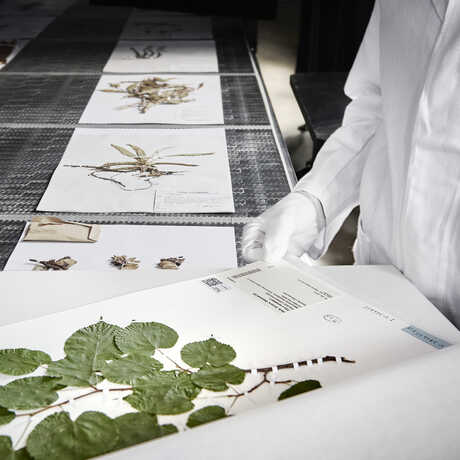Collections inquiries:
Emily Magnaghi
Collection Manager
California Academy of Sciences
55 Music Concourse Dr.
San Francisco, CA 94118
emagnaghi@calacademy.org
(415) 379-5392
The California Academy of Sciences' herbarium is the largest collection of vascular plants in the western U.S. and the sixth-largest collection in the country. The CAS collection includes ~2.3 million plant specimens with almost 21,000 types. Over 95% of the specimens are vascular seed plants; the remainder are ferns and a growing collection of bryophytes at ~200,000 specimens.






